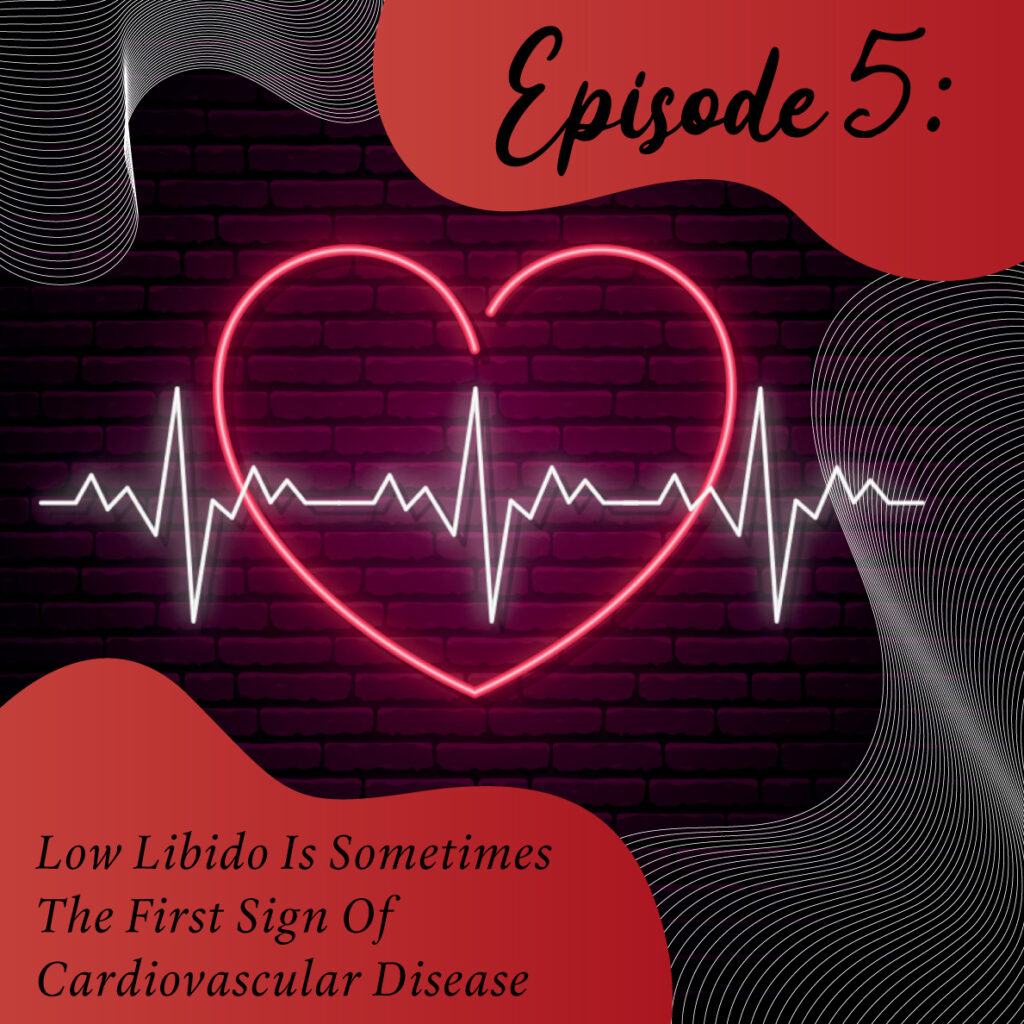Hey there, ladies! We’ve got something important to discuss. It’s called pelvic floor dysfunction, and it’s a bit of an umbrella term that includes all sorts of not-so-fun stuff. This could be anything from bladder leaks (a.k.a urinary incontinence), to things coming down where they shouldn’t (that’s what we call pelvic organ prolapse). Some women might even deal with fecal incontinence or pain around the lower belly area.
It might surprise you just how common these issues are across the globe. In fact, anywhere between 19% to 46.5% of women may struggle with these problems — that’s potentially almost half of us! So, in this article, we’re going to dive deeper into understanding these conditions and their effects on our health. Buckle up for some girl talk – let’s learn more about our bodies together!
Key Takeaways
- Pelvic floor dysfunction (PFD) is a prevalent but underdiagnosed problem in women, affecting nearly one in four women based on a study conducted in Spain and similar studies in the US.
- It comprises a host of clinical conditions, including urinary incontinence, fecal incontinence, pelvic organ prolapse, and pelvic pain, with Urinary Incontinence and Pelvic Pain being the two major symptoms.
- Pelvic floor dysfunction can be caused by a variety of factors including pregnancy, childbirth, posture, injury, lifestyle, emotional stress, infections, hormonal changes, and circulatory issues.
- Diagnosis of PFD begins with a detailed conversation about symptoms and medical history, an internal exam, and may include special tests like a defecating proctogram.
- Treatment options for PFD range from self-care and lifestyle changes to physical therapies, biofeedback, ultrasound therapy, electrical neural stimulation, and, in severe cases, surgical interventions. Treatment is tailored to the individual’s specific condition and needs.
- It is important for women experiencing symptoms of PFD to seek professional help and know they are not alone in this journey. Proper treatment can help regain quality of life.
Understanding Pelvic Floor Dysfunction in Women
Pelvic floor dysfunction is a prevalent yet understudied issue affecting women worldwide. Let’s investigate deeper into this topic. Using data collected in Spain over 2021 and 2022, researchers gained insights into this condition. Their findings are enlightening and may help you better understand your own experiences.
The study involved a sample size of 1,446 women. The participants were diverse but everyone shared a single common factor: each woman was over the age of 18. Important to note, women with language barriers, those pregnant or postpartum, and women suffering with mental health or cognitive disorders were left out of the study. These criteria were established to ensure the collected data was accurate and indicative of the majority of women’s experiences.
Based on this study, research shows that on average 25.9% of the women surveyed were coping with pelvic floor disorders. That’s a pretty significant portion, wouldn’t you say? But, this isn’t an isolated concern. Similar studies conducted in the US confirm this. They highlight the alarming trend and prevalence of symptomatic pelvic floor disorders among US women.
Managing pelvic floor dysfunctions often involves a host of tests to accurately diagnose the condition and its severity. Techniques such as anal manometry, defecography, anal ultrasound, and pelvic magnetic resonance imagery (MRI) are utilized to evaluate the problems you might be experiencing. But, fret not. There’s a diverse range of treatment options available for you.
Remember, you’re not alone in this journey. If you’re dealing with symptoms of pelvic floor dysfunction, it’s important to know that help is available and that you can regain your quality of life. Embrace the facts, join our masterclass, and explore the treatment options best suited to manage and overcome your condition.
Causes of Pelvic Floor Dysfunction
Understanding the ‘why’ behind pelvic floor dysfunction can help you to be proactive about your wellbeing. Let’s discuss the main causes, be they medical, lifestyle, or age-related.
Pregnancy and Childbirth
During pregnancy, the expanding weight of the baby can put pressure on the pelvic floor muscles, leading to weakening. Childbirth extends this stress, stretching, and sometimes tearing these muscles. These factors can alter pelvic floor muscle strength and function, leading to potential issues such as urinary incontinence, constipation, and pain during sex.
Posture, Injury, and Lifestyle
Pelvic floor dysfunction can also stem from various lifestyle factors. For instance, chronic constipation or strenuous exercise can put added strain on these muscles. Other contributing causes could be obesity, which can increase pressure on your pelvic floor, or physical traumas like surgery or radiation in the pelvic region.
Let’s not forget the emotional trauma either, as it can echo in your physical health, possibly contributing to pelvic floor issues.
Aging
As you age, it’s natural for muscles, including those in your pelvic floor, to weaken. This factor, fused with conditions such as menopause, can worsen pelvic floor dysfunction. Maintaining your physical health as you age can help prevent these issues.
To conclude, pelvic floor dysfunction is a prevalent issue, resulting from various factors, whether physiological or lifestyle-related. Understanding these causes can equip you with the knowledge to anticipate, manage, and possibly prevent this condition.
Other Contributing Factors
Emotional Stress and Physical Health
A chain linking mind and body- might be a cliched notion, but it’s inherently true. Emotional stress can have serious implications on your physical health, and that includes your pelvic floor. Stress keeps your body in a state of high alert, leading to muscle tension—including in your pelvic floor. This constant clenching over time can lead to fatigue, weakening, and eventual dysfunction.
Infections and Hormonal Changes
Urinary and fecal incontinence, as well as other pelvic floor disorders, could have roots in infection, inflammation or damage to the supporting muscles in the pelvic area. Even asymptomatic infections can take a toll on these muscles. Also, urinal examination followed by inflammatory tests can help diagnose such issues.
Besides, bodily changes like menopause trigger hormonal fluctuations, which can intensify the weakening of pelvic floor muscles and escalate PFD symptoms. Accounting for these factors can lead to more effective PFD management.
Circulatory Issues
Last to our discussion table are circulatory issues. Just like any other body tissues, pelvic floor muscles need a healthy blood supply for optimal function. Chronic diseases, obesity, or aging may lead to poor circulation, which can negatively affects musles.

Symptoms and Signs of Pelvic Floor Dysfunction in Women
Let’s investigate deeper into the two major symptoms of pelvic floor dysfunction: urinary incontinence and pelvic pain. Even though common, they’re often overlooked or accepted as normal consequences of childbirth or aging. They are not, but do signify the weakening of your pelvic muscles and should be addressed.
Urinary Incontinence
What does it feel like to be unable to control your bladder? It’s not something you ought to accept as part and parcel of life. Urinary incontinence, essentially, results from weakened pelvic muscles that fail to provide sufficient support and control to your bladder. This lack of control can lead to minor leakage or full bladder losses.
Pelvic Pain
Moving on to another significant aspect of pelvic floor dysfunction – pelvic pain. It’s a noted indicator for both genders, often correlated with weak, overactive pelvic floor muscles. Pelvic pain may manifest during sex, urination, or bowel movements. It’s prevalent but not normal and can be effectively treated.
Diagnosing Pelvic Floor Dysfunction
Specialists called urogynecologists can help with more severe or persistent cases. These professionals specialize in women’s pelvic floor disorders. The diagnosis isn’t as daunting as it seems.
They will likely ask about your history and perform an internal exam evaluating for specific signs such as trigger points, bulges, spasms, or muscle weakness in your vagina and rectum. Depending on your symptoms, you may take special tests to judge how well you can empty your bladder and bowel.
One such diagnostic technique is a defecating proctogram. It’s simpler than it sounds. This procedure involves administering an enema of a thick liquid that’s detectable by X-ray. The X-ray video records your pelvic floor muscles’ movement and the rectum’s motion as you try to void the liquid. Healthy pelvic floor muscles relax during this process, allowing the rectum to straighten and pass the liquid. A defecating proctogram helps determine if the pelvic floor muscles aren’t appropriately relaxing, preventing the passage of the liquid.
Treatment Options for Pelvic Floor Dysfunction in Women
Now that you understand the role that healthcare facilities and urogynecologists play in assessing, diagnosing, and helping to manage pelvic floor disorders, let’s talk about the next stage in the process – the treatment options.
Self-Care
This can often include simple adjustments such as turning to a nutrient dense diet, drinking an adequate amount of fluids, and ensuring ease of bowel movements. These changes can make everyday life much more comfortable and manage pelvic floor dysfunction symptoms.
Massage
External and internal massages, through therapies like Thiele Stripping, can help stabilize your pelvis, acting as a foundational solution before other treatments. These techniques might sound exotic, but both methods have a common purpose: to relax your pelvic floor, providing eventual relief from pelvic pain.
Pelvic Floor Physical Therapy
Pelvic Floor Physical Therapy is another common and effective technique. This usually involves specific exercises such as the Kegel exercises aimed to target and strengthen the pelvic floor muscles that help control urine and bowel movements.
Biofeedback
Biofeedback is an innovative technique that uses electrical stimulation and ultrasound therapy to improve rectal sensation and muscle contraction. This treatment option helps in pain relief and managing symptoms of pelvic floor dysfunction in an efficient way.
Ultrasound
Ultrasound Therapy may also have a role in treating some pelvic floor dysfunction issues. It’s a noninvasive method that uses sound waves to visualize and target afflicted areas within the pelvic region, making it easier to diagnose and treat.
Electrical Stimulation
Another noninvasive method is the Electrical Neural Stimulation (TENS). This treatment option stimulates the pelvic floor muscles, improving their strength over time and generally enhancing pelvic function.
Medications
Conventional medical treatment, such as using daily laxatives under the guidance of a healthcare provider, can ease bowel movements, treating constipation – a usual indicator of pelvic floor dysfunction.
Surgical Interventions
In severe or resistant cases, surgical intervention might be the best solution. Procedures like rectal and multiorgan prolapse repairs are usually done using minimally invasive techniques that reduce scarring, complications, and speed up recovery time. Noticeably, surgeons in top institutions have been using robotic technology that allows improved visibility and precision in these procedures.
Conclusion
So you’ve learned about the range of treatment options for pelvic floor dysfunction. From self-care practices like diet changes and – to more advanced techniques like massage therapies and biofeedback, there’s a solution for every severity level. Remember, the key is to consult with your healthcare provider for severe issues. Whether it’s ultrasound therapy, electrical stimulation, or even surgical interventions with cutting-edge robotic technology, you’re not alone in this journey. Pelvic floor dysfunction may be a challenge, but with the right approach, it’s one you can overcome.
References:
Peinado-Molina, R.A., Hernández-Martínez, A., Martínez-Vázquez, S. et al. Pelvic floor dysfunction: prevalence and associated factors. BMC Public Health 23, 2005 (2023).





